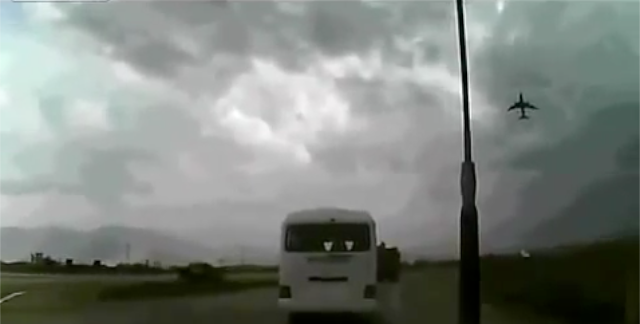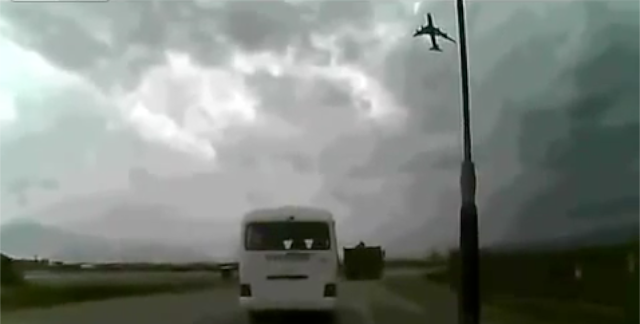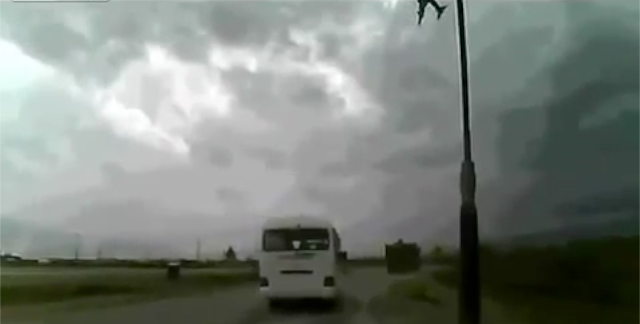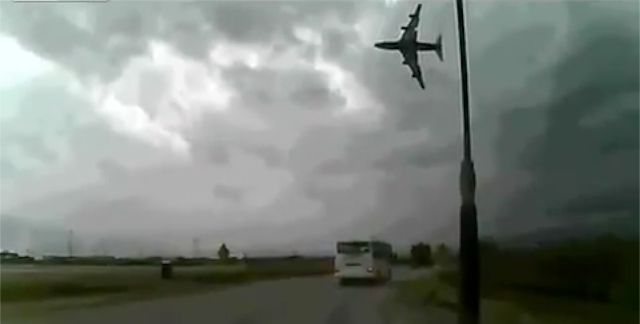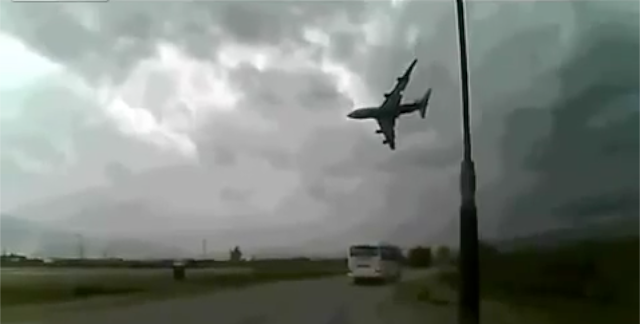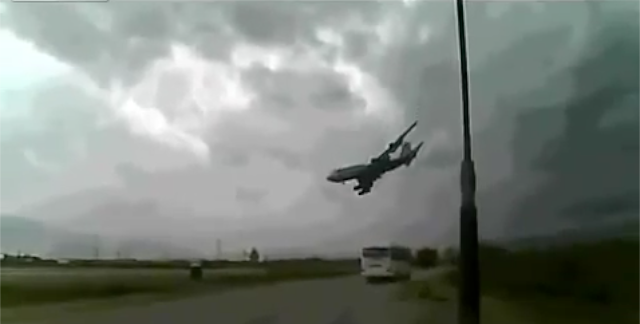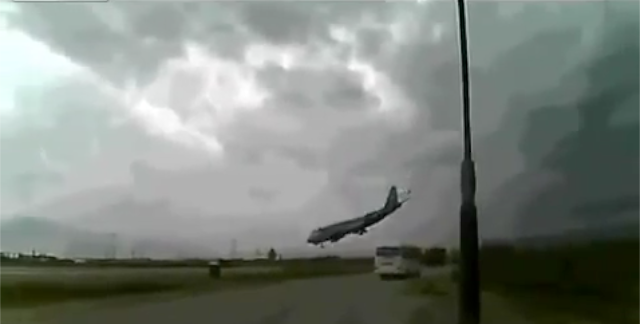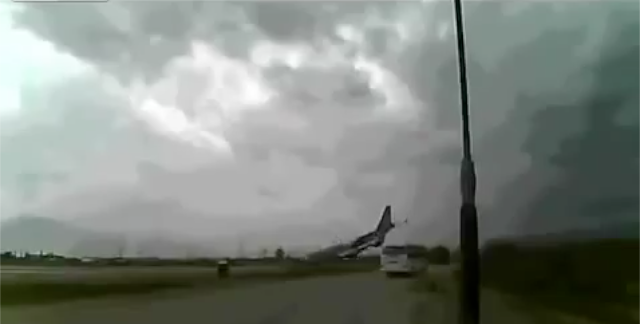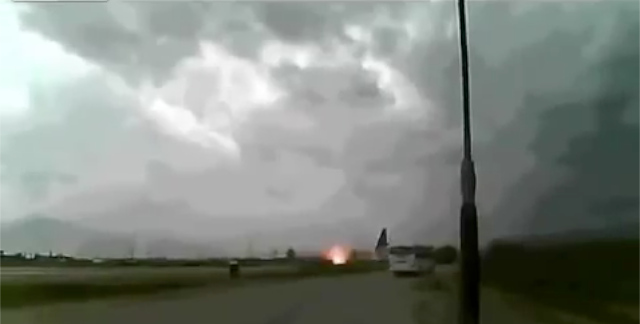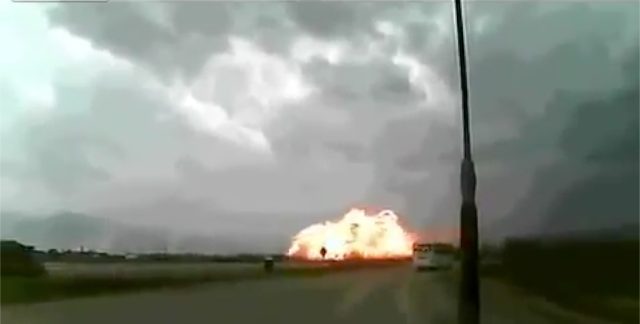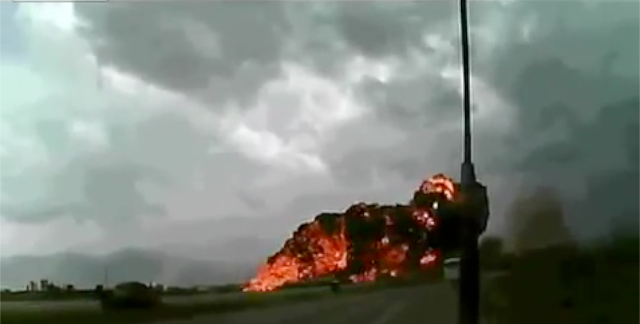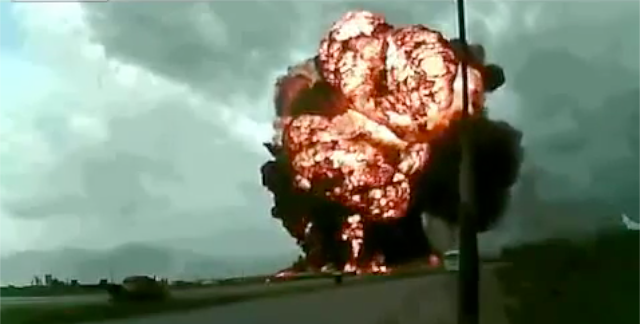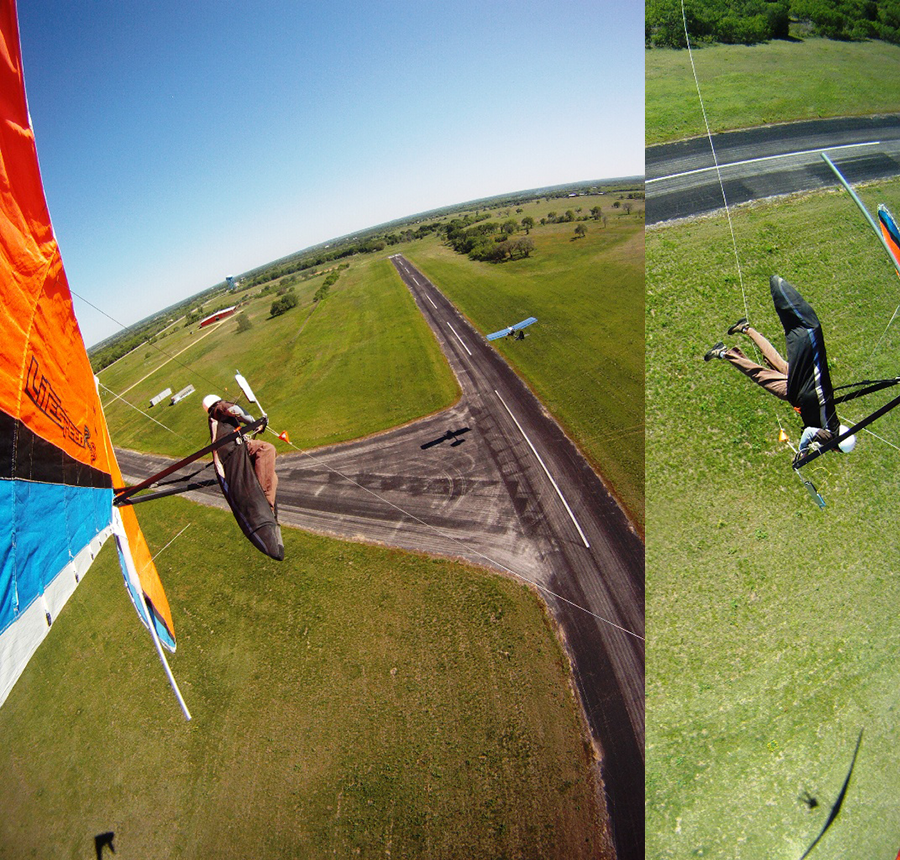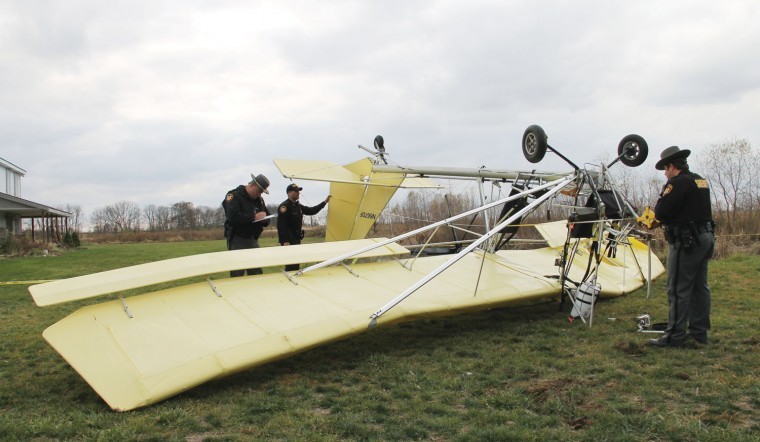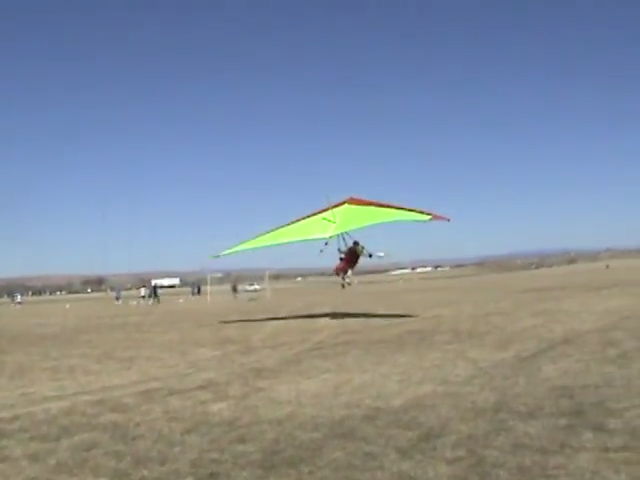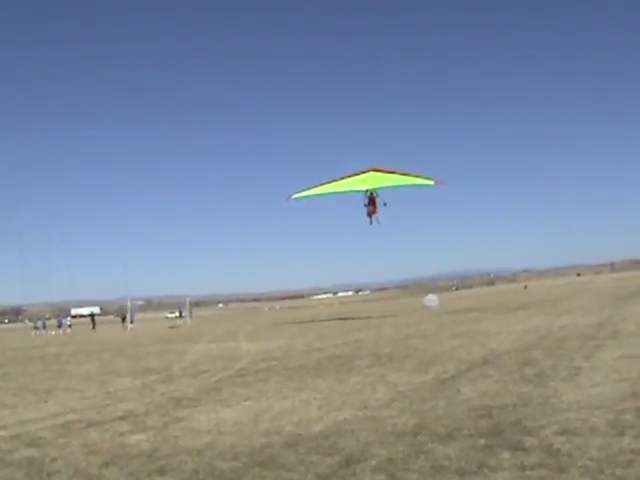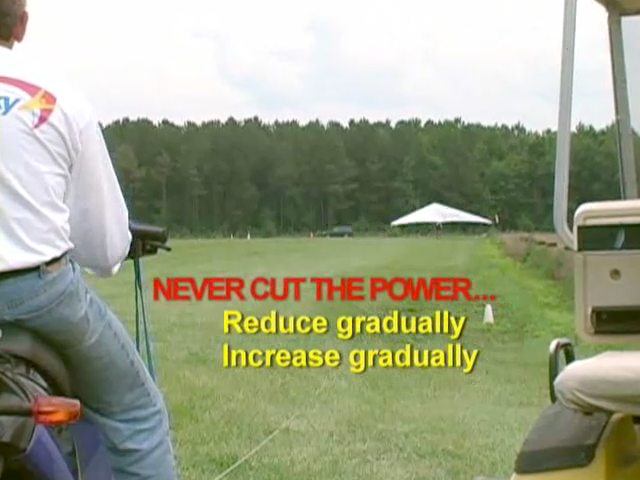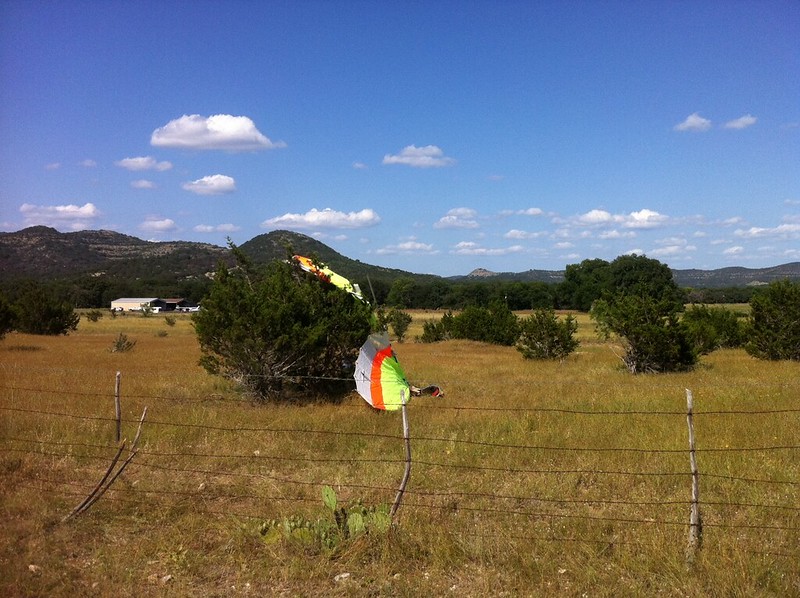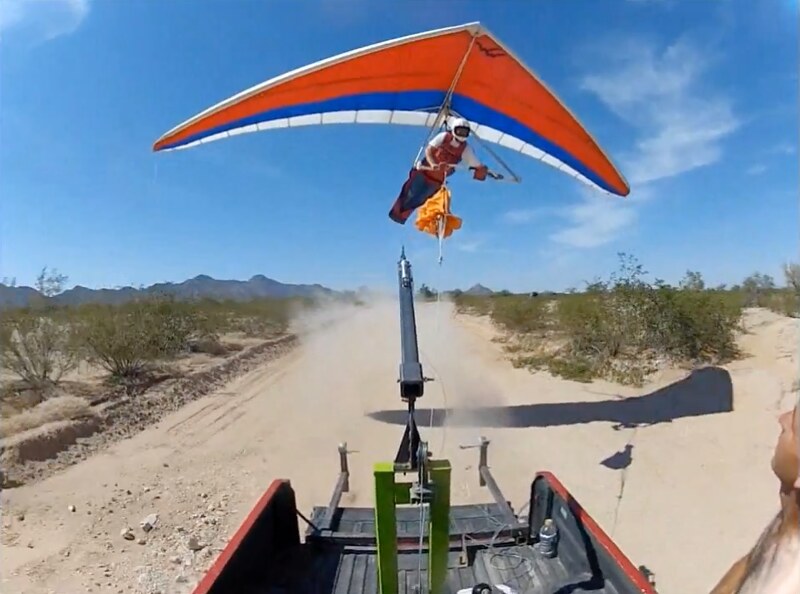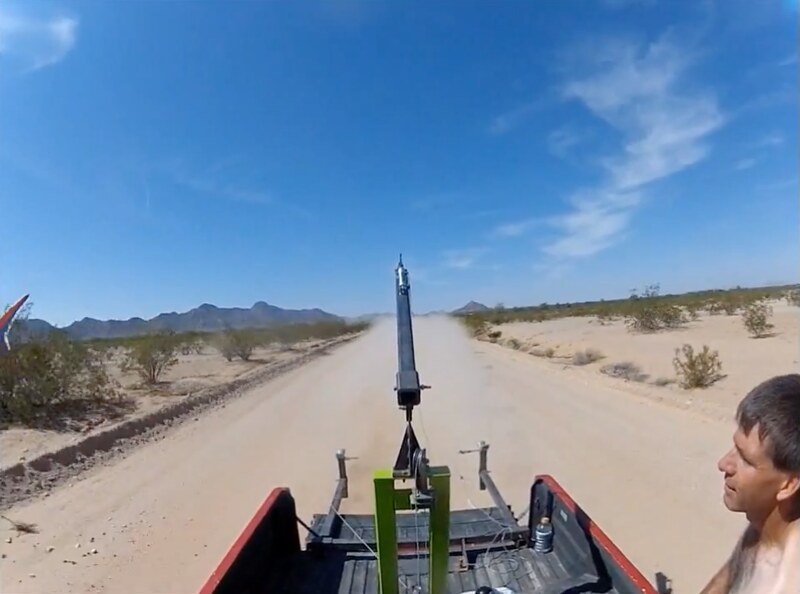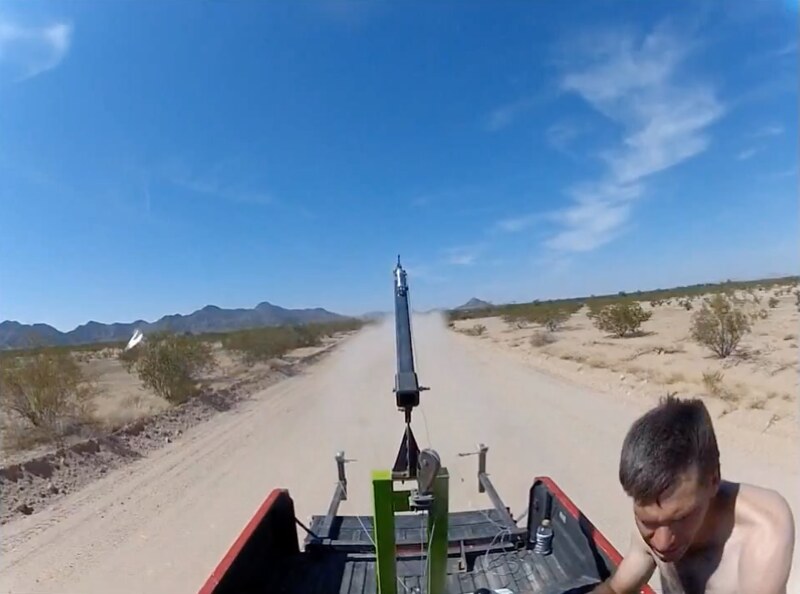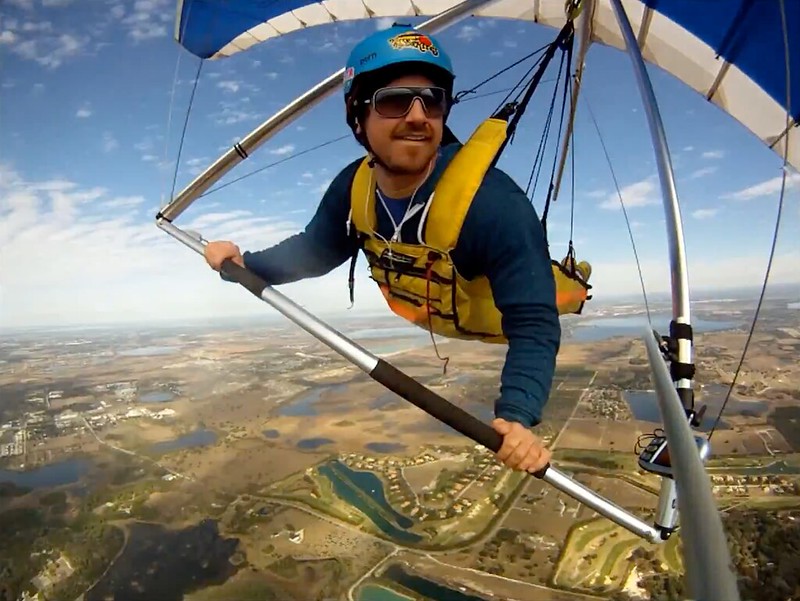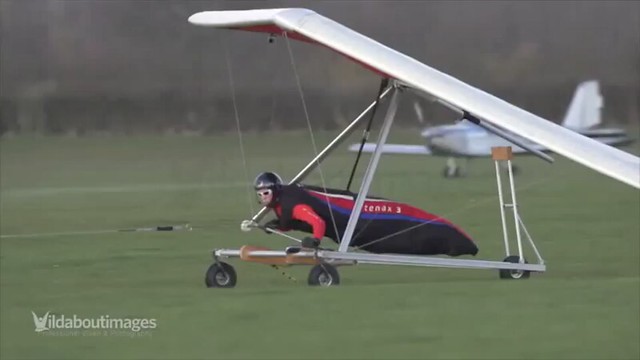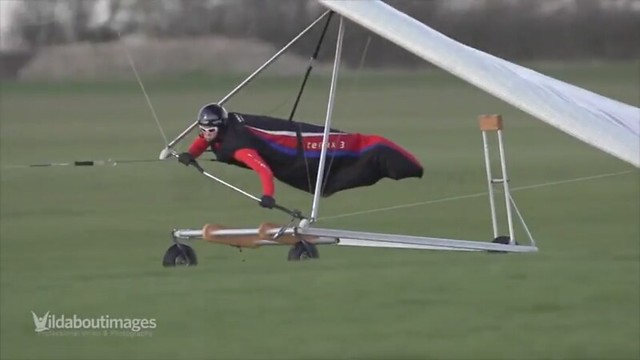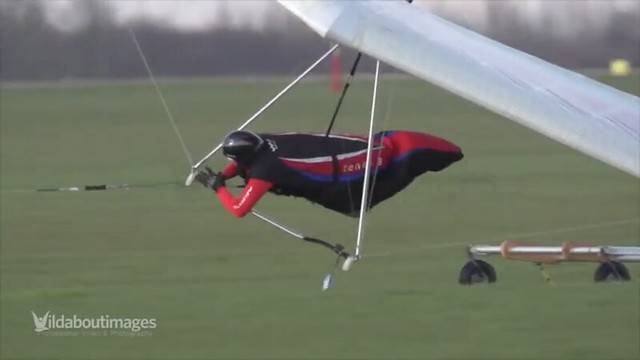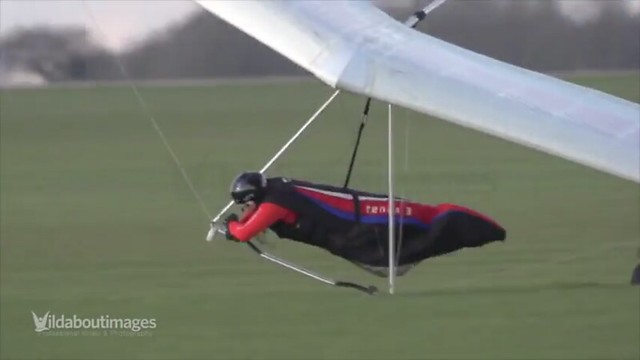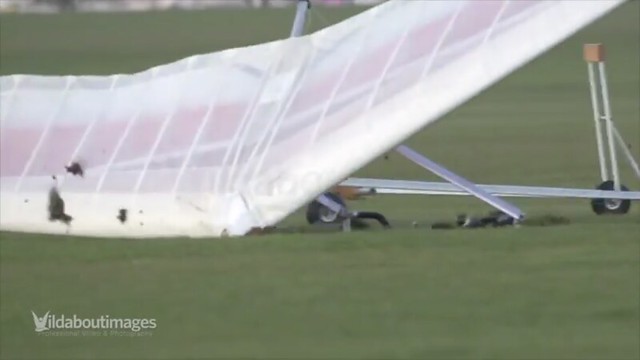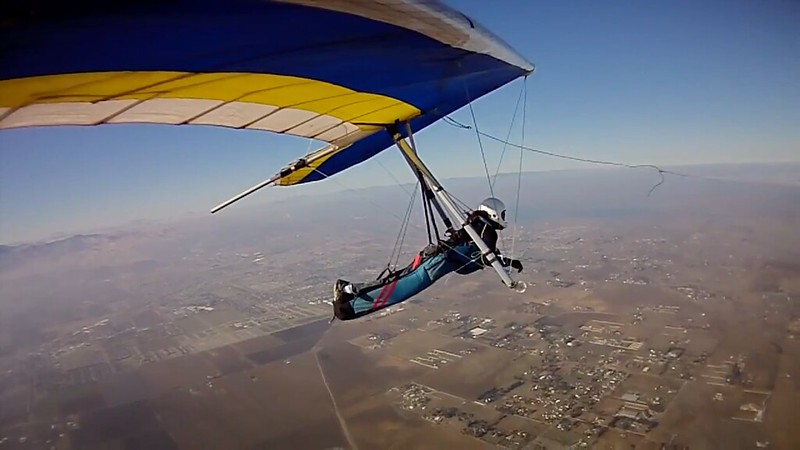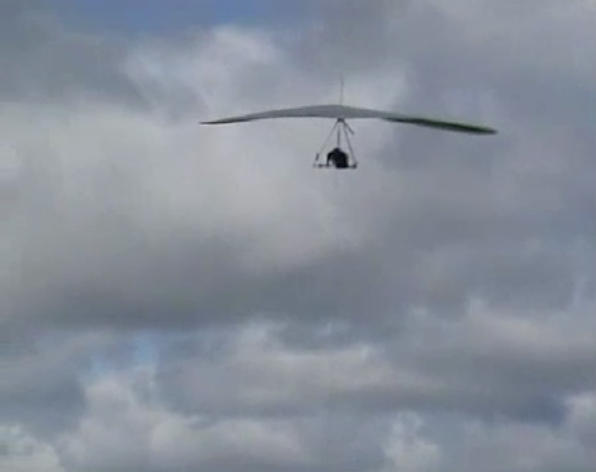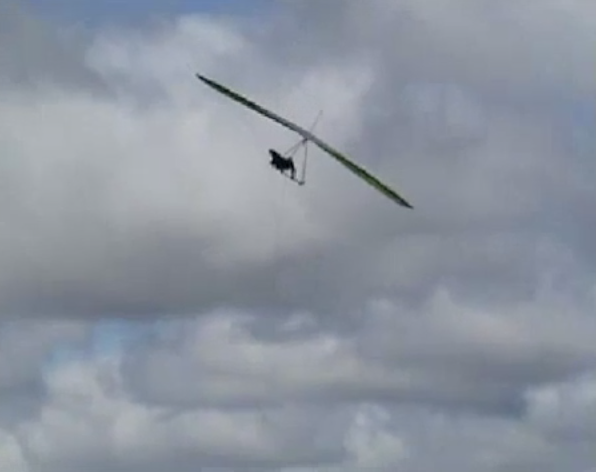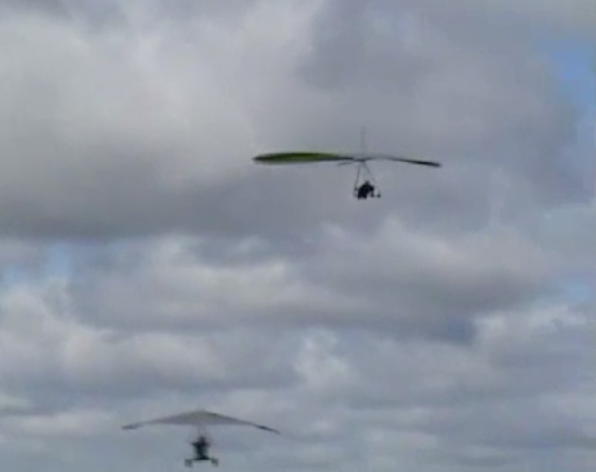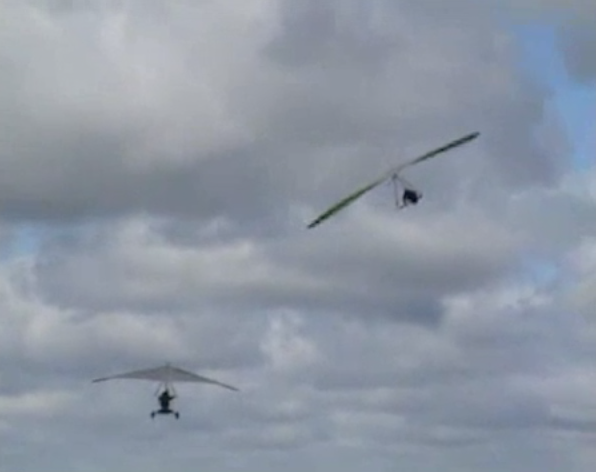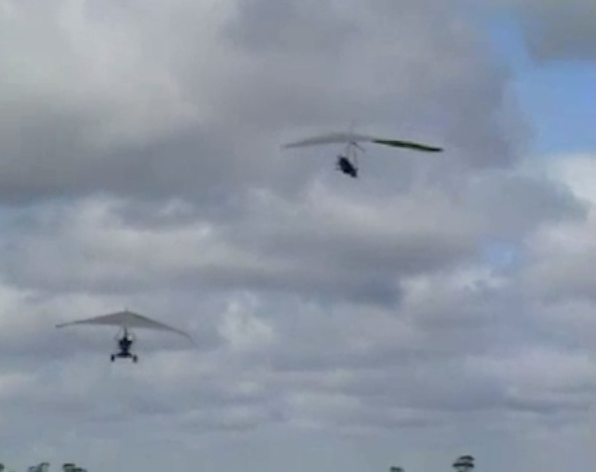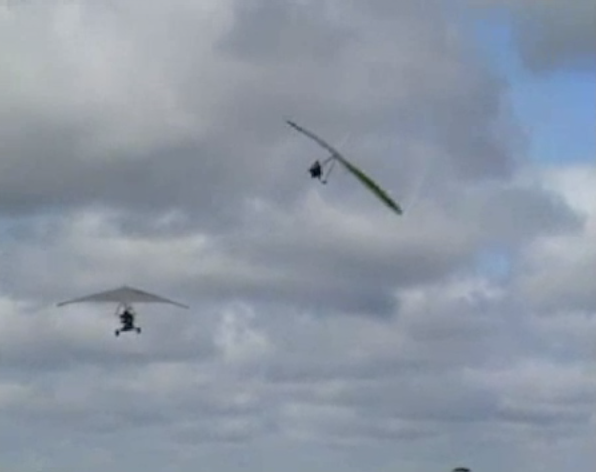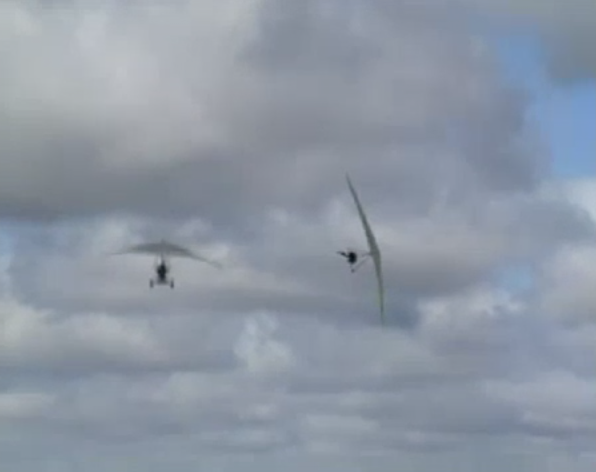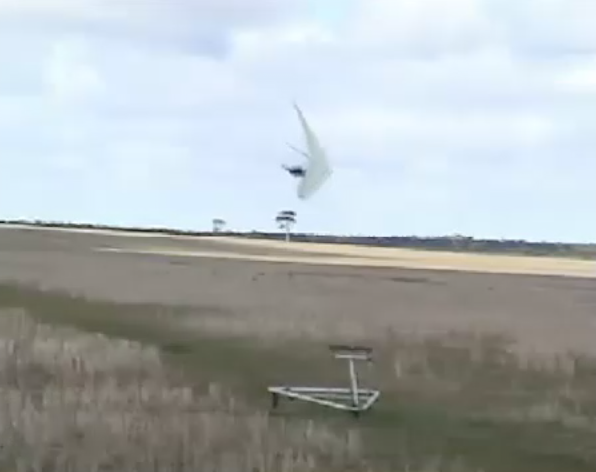http://www.ushawks.org/forum/viewtopic.php?f=2&t=1563
Platform Launching (PL) Draft suggestions needed
Bill Cummings - 2014/06/20 00:48:55 UTC
Safety concerns with platform payout towing procedures.
Let's start with this one, Bill. If you're a fuckin' wack job who thinks that stalls are no big fuckin' deals and/or have a like minded individual within close enough range to be able to affect or influence any of the procedures then stay on the fuckin' ground - unless, of course, you wanna do something positive for the gene pool.
In all candor I readily admit to doing two things wrong when platform towing.
Getting out of bed and showing up? Studiously avoiding learning the elementary science and math principles which form the foundation for towing theory and aligning yourself with Bob who constantly praises anybody and everybody he wants in his freedom movement for their brilliance?
On purpose I used to do more things wrong but I'm getting better at staying closer to the center of the safety envelope and not pushing the edge.
I allowed my weak-link strength to creep up to 350 lbs while platform towing.
Oh my god! 350 pound weak links have been known not to break when they're supposed to! That's over the 1.0 G limit you need to prevent lockouts and stalls! You're lucky to be alive.
What strength should have been enough?
A single loop of Cortland 130 lb. Greenspot braided Dacron Tolling line placed at one end of a shoulder bridle. But even that's too much sometimes. After John Claytor slammed in at the beginning of the month there was a lot of talk about going to eighty pounds but there were too many assholes objecting to the inconvenience that might entail.
Answer = 220 lbs breaking strength for the weal-link...
Wheel-link? Will-link? Weasel-link?
...with a tow force of 100 to 125 lbs.
That's a good breaking strength - for the total fucking assholes who are absolutely positive that they'll never need 221 pounds to keep their stupid asses alive, 'specially the ones who've practiced stalls a lot.
Here is why I allowed creep in my weak-link strength.
A thought process kicking in once or twice a year? Just kidding.
For awhile different platform tow rigs that I had been using had more line on their drums than we could use with the 5,000' - 7,000' runways that we were towing on. After launching the towline would dig deep into the many wraps on the drum and sometimes completely "nest" (stop paying out)...
What's wrong with the term "dig"? Do you ever find fresh eggs in the back of the truck when these things are happening several times in the course of a day?
...and break the weak-link.
And since the ensuing stall is never a problem...
When a winch completely locks up you are now instantly static towing...
...and climbing...
...too fast.
Too fast to WHAT, Bill? Ensure the safety of your fishing line?
Worse than this would be using the procedure to quickly dash out in front of the pilot by speeding up the truck.
Or, where applicable, the horse.
("Go to cruise and accelerate!")
This is an attempt to get more line out to tow the pilot more ahead than down.
If the winch/reel were to nest, meaning lock up...
Or to gather twigs, arrange them in the shape of a bowl, line the interior with soft vegetation and down...
...you would have a low angle to the platform rig, way too much speed...
...no fuckin' ability to release 'cause for the past 33 years you've been spending thousands of hours writing crap like this instead of developing safe hardware or paying somebody with a functional brain to do it for you...
...and not have a climb restricting "V" bridle assisting you in keeping the nose down.
And the absolute LAST thing you wanna be doing in any aviation emergency is climbing away from the surface.
You are at the mercy of the payout tow vehicle.
So? What's the worst that could happen? Weak link:
- doesn't work you climb out.
- works and you stall. And a stall is always MUCH safer than a climb. ANYTHING other than being on tow and following your flight plan.
A lock up with excess speed from dashing out in front of the pilot will almost certainly break the weak-link, nose high, beyond the pilots ability to weight shift the nose of the hang glider down to prevent a stall.
PREVENT a STALL?!?! Why would anyone in his right mind want to PREVENT a stall? You should be stalling your glider at every opportunity to keep reassuring yourself that they're nothing to be feared and stay in practice.
If you choose to fix this problem by increasing the strength of the weak-link the dashing PL rig procedure still will have the potential to break the stronger weak-link when (Not if.) the winch/reel locks up.
A SAFE weak link - OBVIOUSLY. But one of those Tad-O-Links would probably just hold, doom you to even more climbing, and deprive you of the enjoyment of...
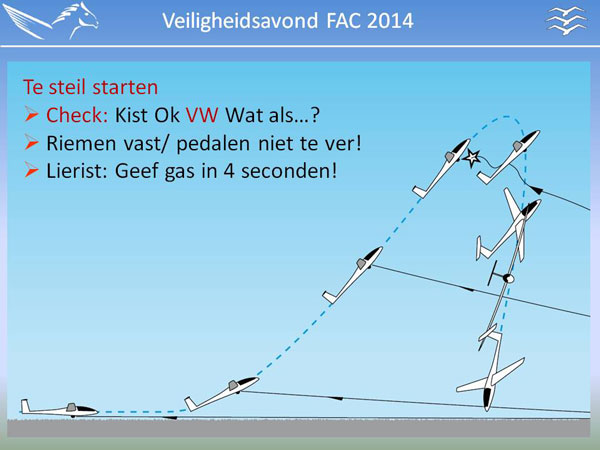
...a stall. And then where would you be?
This would pitch the nose even higher.
Like THIS?:
11-03602
http://farm6.staticflickr.com/5312/14395027351_2c50d06c3e_o.png
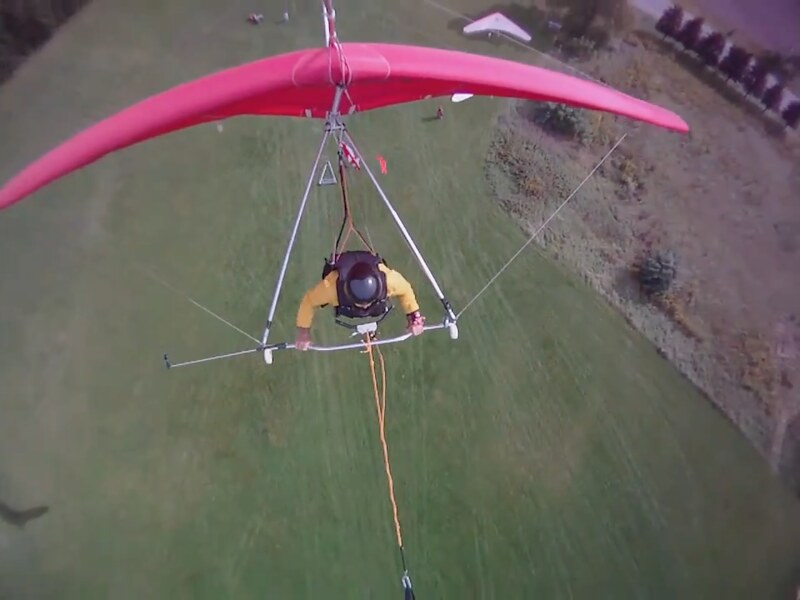
 http://farm4.staticflickr.com/3859/14211794190_81949edf9c_o.png
http://farm4.staticflickr.com/3859/14211794190_81949edf9c_o.png
21-05520
Yeah, that sure looks scary. No fuckin' way I'd wanna be in THAT guy's position when I could be exploring the low speed handling characteristics of my wing and enjoying a nice stall back into the runway.
This could result into a serious break stall...
A SERIOUS stall? That's like saying a serious perfect landing. You're simply not making much sense here.
...or worse yet a tuck and tumble.
You mean like when Zack Marzec got blasted by a thermal when being pulled at a less than zero tow angle on a permanently jammed towline by a vehicle physically incapable of doing much in the way of slowing down while not using a climb restricting "V" bridle to assist him...
06-03114
http://farm4.staticflickr.com/3728/9655895292_f4f808fb0e_o.png
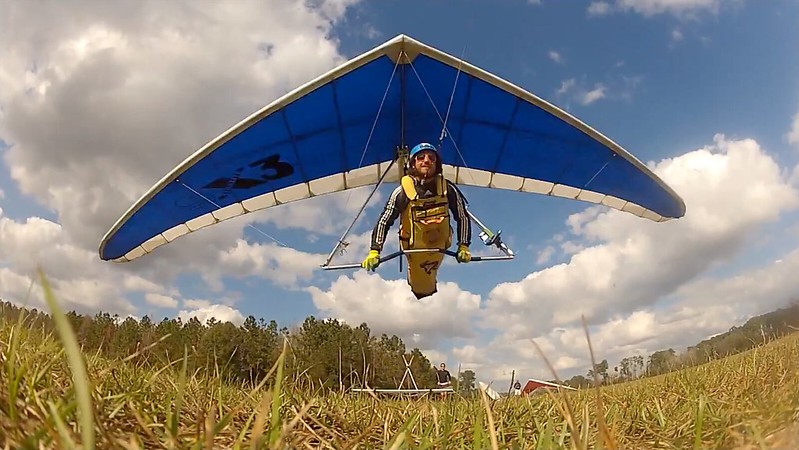
...in keeping the nose down? Fuck you, dude.
You're the one speculating on Zack's death... not me.
Hell, you've even already come to your conclusions... you've made up your mind and you "know" what happened and what to do about it.
It's disgusting and you need to stop.
You weren't there. You don't know.
All you have is the tug pilot report, who himself says he doesn't know... and HE WAS THERE... and he doesn't know.
Ever heard of "Confirmation Bias"?
Because you're a textbook example.
You were out looking for data to support your preconceived conclusion, rather than looking at the data and seeing what it told you... which is why this is the first time we've heard from you and your gang.
Go back to Tad's hole in the ground.
While you're there, ask him why he was banned from every east coast flying site.
Yeah, Bill. No fuckin' way that could've happened on a 220 pound weak link instead of the 260 - at or off the bottom of the legal range - he was actually using. Knock forty pounds off the max tension and he'd have probably just tumbled once and lived long enough to tell Paul and Lauren just how much enjoyment he'd gotten out of flying Quest.
Never trust that a payout will always work properly due to it's precision engineering and spotless history.
Fuck no. We can't even trust the fine aerotowing equipment engineered by Bobby Fucking-Genius Bailey and perfected by Quest for twenty years to work as much as half the time when we need it to. I actually think that precision engineering and spotless histories are more the problems than the solutions. Precision engineering always involves components to address problems and that just adds complexity and thus inevitable catastrophic failures and when something like that has a long spotless history that just means that the chances of having an inevitable catastrophic failure on the next flight are through the ceiling.
The towing procedures that you adopt should have within them solutions that will address as many adverse scenarios that tow pilots can imagine.
Just as long as:
- none of the adverse scenarios addresses and Eric Aasletten
- a release that can be blown in an adverse scenario is ever considered as viable solution
Care needs to be taken that a solution to one problem will not aggravate a different problem.
Who the fuck do you think you're talking to, Bill? A bunch of people really interested in innovation and advancement? Bob, Sam, Charlie? Platform towing is essentially the same now as it was thirty years ago. About the only ray of hope that I've seen is the Houston guys using six hundred pound weak links - which is the opposite of what you're recommending times three. But of course they don't hafta worry too much about their slush caked three-strings freezing up at altitude the way just about everyone else does.
Keep in mind that if you maintain a proper angle to the platform rig of not less than 40-45 degrees your towing operation no longer requires a climb restricting attachment to the keel. PL towing doesn't have this climb restricting rope to the keel so your correct angle the entire time off the rig is the safest answer.
If you're low and the winch jams aren't you gonna find yourself at the ideal angle pretty quick whether you want to or not? Provided, of course, your Cummings Link doesn't dump you into a totally harmless whipstall first?
If you descend or find yourself at a poor angle - release.
Yeah...
http://www.questairforce.com/aero.html
Aerotow FAQ
ALWAYS RELEASE THE TOWLINE before there is a problem.
...'cause whenever there IS a problem no fuckin' way you'll be able to.
And don't worry about any risks associated with an emergency landing and/or second tow launch. Just not kosher to include shit like that in the arithmetic.
In this situation you certainly wouldn't want the payout winch/reel to lock up. The longer you put off the release decision if your angle of tow decreases from optimal the greater will be the risk to yourself if the payout should freeze up.
Yeah Bill, real fuckin' scary. So from the entire history of platform towing can you cite one single incident of so much as a scraped knee resulting from this scenario?
Aerotow launch is the most dangerous way to get into the air on a string - even when you're using top notch funky shit equipment and have people who know what the fuck their doing. Start throwing in Jim Keen-Intellect Rooneys, tow mast breakaway protectors, Rooney Links, bent pin releases within easy reach, Davis... Things get totally insane. But even with all that do you have any fuckin' clue how many cycles you need to go through before you kill one of these motherfuckers? It takes DECADES. And the numbers of pro toad aerotow flights totally dwarfs platform.
You'd be lucky to kill one asshole in the scenario you describe once in a couple thousand years. And when you killed him it would be primarily because of his Cummings Link.
Static towing once 40-45 degrees has been attained no longer needs a climb restricting keel rope and is sometimes in the pilots way. This keel rope getting in the way has resulted in pilots rigging up without one. Thus further pushing the edge of the safety envelope.
And I TOTALLY support that.
- There's a very short window of vulnerability
- You can very effectively manage it by not launching into a dust devil.
- If there IS an issue it's quickly self-correcting.
- The only assholes likely to get killed are Cummings Linkers and I'm always elated when that happens.
One tow method was named Pro Tow.
Bullshit. That's a term exclusive to aerotowing and derived by the aerotowing industry to con the public into believing that it's a safe practice for assholes with the right stuff.
Removing the keel rope while static towing and increasing the weak-link strength...
Is EXACTLY what you wanna be doing.
...has what I call a synergetic (greater than the parts) deleterious effect on the towing safety envelope.
Anybody else calling it that?
A safety issue deteriorating in logarithmic proportion not simply arithmetically.
It's just something else you pulled outta your ass and are smearing multisyllable lipstick over to make it legitimate.
It might look as though I'm wandering off topic bringing up the static towing during a pay out platform launch topic.
What's it matter? Your lunatic schizophrenic statements on weak link pops and stalls have already destroyed any credibility you might have with anybody who could possibly deserve to live.
Poor towing procedure allows pilots themselves to do this vacillating between the two methods if they are not maintaining the proper tow line angle.
If your angle to the PL rig is low (poor) it is comparable to early stages of static towing.
Big fuckin' deal.
Low angles are best handled with a climb restricting "V" bridle for static towing.
Low tow angles are best handled by climbing to higher tow angles. And people have been doing that problem free without any help whatsoever from climb restricting "V" bridles, Cummings Links, Jim Keen-Intellect Rooney, or you for decades.
Proper angles while platform towing have you not as close to the edge of the safety envelope but right in the middle.
Yeah. We know that. Try talking to Bill Bryden about that issue.
Remember your keels angle to the horizon should not exceed 60 degrees.
Yeah, Cummings Links aren't really designed to handle them.
The tilted earth theory while towing is no longer in play with the loss of tow tension.
Sure it is. Your glider will start adjusting to the Cummings Link pop instantly and perfectly.
Loss of tow tension can have you at or beyond 60 degrees to the horizon. How much so depends on your choice of towing safety procedures.
Manned Kiting
The Basic Handbook of Tow Launched Hang Gliding
Daniel F. Poynter
1974
"The greatest dangers are a rope break or a premature release." - Richard Johnson
These procedures must take into account, airspeeds, bridles, weak-links, angle of tow (angle of the towline with the surface), angle of the keel with the horizon, which are the major concerns together with other minor concerns.
You forgot Dragonfly breakaway tow mast and tug drivers who are always poised to fix whatever's going on back there by giving you the rope.
Trusting a mindless automatically tension adjusting payout winch or even a driver adjusting speed while watching a pressure gauge in a truck is a safety procedural paradigm that will never be all inclusive.
Much better off trusting a highly sophisticated 220 pound loop of fishing line to predetermine what's likely to make you happiest.
There are times when procedure and automation actually add to a hazard.
Do ya think? Maybe it would be a good idea to have actual PILOTS making the decisions and executing the actions?
(The following example will not find its way into a training manual but is here to stress a point.)
Example: A tow pilot died because he was used to flying "pilot in command" on constant radio transmit, without a pressure gauge. He was truck, pulley, towing for his first time with a pressure gauge.
I watched the video of his death that his girlfriend took.
After launching a thermal gusted him 90 degrees of tow to his right. He pulled in and turned left which snagged the two tow bridle ropes to his body over the left wheel axle (minus the wheels this day).
1991/06/09 - Harold Austin - 37 - Advanced - 23 years, 400 tows - Wills Wing Sport - Mount Pleasant, Michigan - massive head, neck, chest, leg
The axles extended out of both ends of his base tube. Pulling in to reduce tension he undoubtedly thought, like I have on similar occasions, that he could remove the snag then radio for more speed. However the drivers procedure was to maintain pressure while towing, (Much like a mindless pressure adjusting winch will do because of it's design that didn't encompass all variables that a pilot is exposed to.)
- Versus what, Bill? A mountain that just sits there and won't adjust itself to crosswind gusts or grow laurel over boulders you're about to slam into?
- So drivers can't adjust or kill speed and/or tension?
The tow vehicle sped up. The glider instantly locked out to the left. Two seconds later he died on impact.
No he didn't. He still had a pulse when the ambulance took him away.
There are times when I pull the bar in to reduce tension. I don't want something or someone on the ground overruling me and restoring that tension until I command it.
- But instantly going from 220 to zero on the call of some piece of fishing line or douchebag on a Dragonfly with a dump lever you're totally cool with.
- Do you really wanna be flying with some asshole or the other end too fuckin' stupid to be able to watch your glider and adjust accordingly? Do you wanna really wanna be towing with some asshole like THIS:
http://www.chgpa.org/forums/viewtopic.php?f=2&t=2467
weak links
Jim Rooney - 2007/08/01 13:47:23 UTC
Whatever's going on back there, I can fix it by giving you the rope.
or any of the assholes who trained and certified him or even tolerate his existence in the sport?
- Doesn't sound like you have all that much respect for Dr. Lionel D. Hewitt, professor of physics and developer of the 2-to-1 center-of-mass Skyting bridle for surface towing...
Dr. Trisa Tilletti - 2012/06
Dr. Lionel D. Hewitt, professor of physics and developer of the 2-to-1 center-of-mass Skyting bridle for surface towing, is well respected for his knowledge of towing, bridles, and weak links.
...for his knowledge of towing, bridles, and weak links. He tends to be of the persuasion that as long as you've got constant and moderate tension there's really not that much that...
022-04610
http://farm3.staticflickr.com/2809/13746340634_a74b33d285_o.png
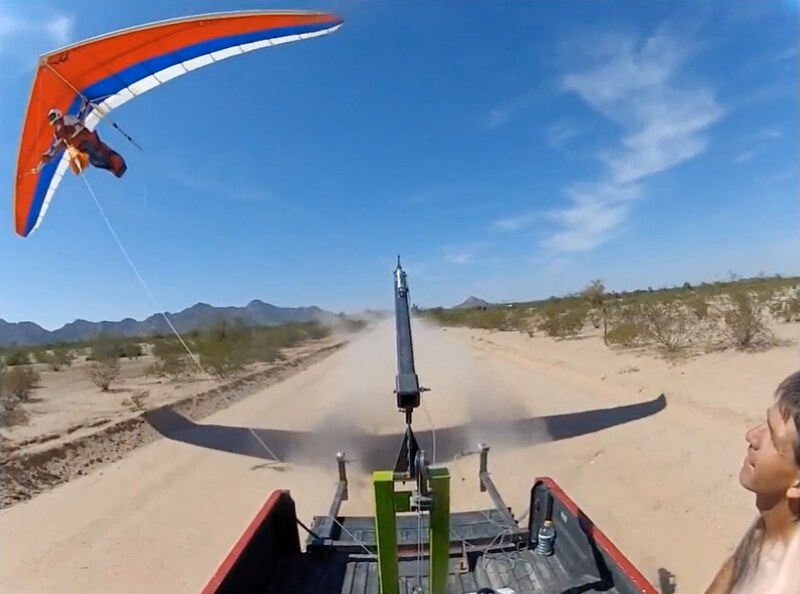
...can be going wrong back there.
(This is for experienced pilots only not students).
Like heavier weak links. See above.
I tell drivers with pressure gauges, "Whether the gauge is in the red or at zero do what I say. I am the pilot in command."
- Not when you've got somebody else with total control of your thrust you're not. You're in a partnership. And sometimes you really need the other Pilot In Command to be as good as or better than you are.
- You've never once in your entire towing career been a Pilot In Command. You've never once flown with a release that didn't stink on ice or a piece of fishing line constantly poised to make a good decision in the interest of your safety. You've never once been anything better than a dope on a rope.
- Plus you don't have a freakin' clue what you're talking about on basic theory.
Any winch tension that I use from now on will be adjustable, "On the fly."
- So much for aerotowing.
- Yeah, really amazing...
by Donnell Hewett - 1985/08
2. CONSTANT TENSION
The tension in the towline must remain essentially constant throughout every phase of the towed flight.
http://www.birrendesign.com/rhgpa_criteria.html
RHGPA: Hewett skying criteria
These are Donnell Hewett's original 12 elements of a good tow system. They are as viable today as they were in the early 80's when he wrote them.
...just how right Donnell was able to get everything on the first stab.
I tell the driver what to do with speed and tension adjustments over the radio.
Good thing you didn't hafta invent THAT yourself.
(For experienced pilots only. Not students.)
Like dolly launching, prone harnesses, flying with hands on the basetube. Ain't this caste system we've got in our special little flavor of aviation just great!




